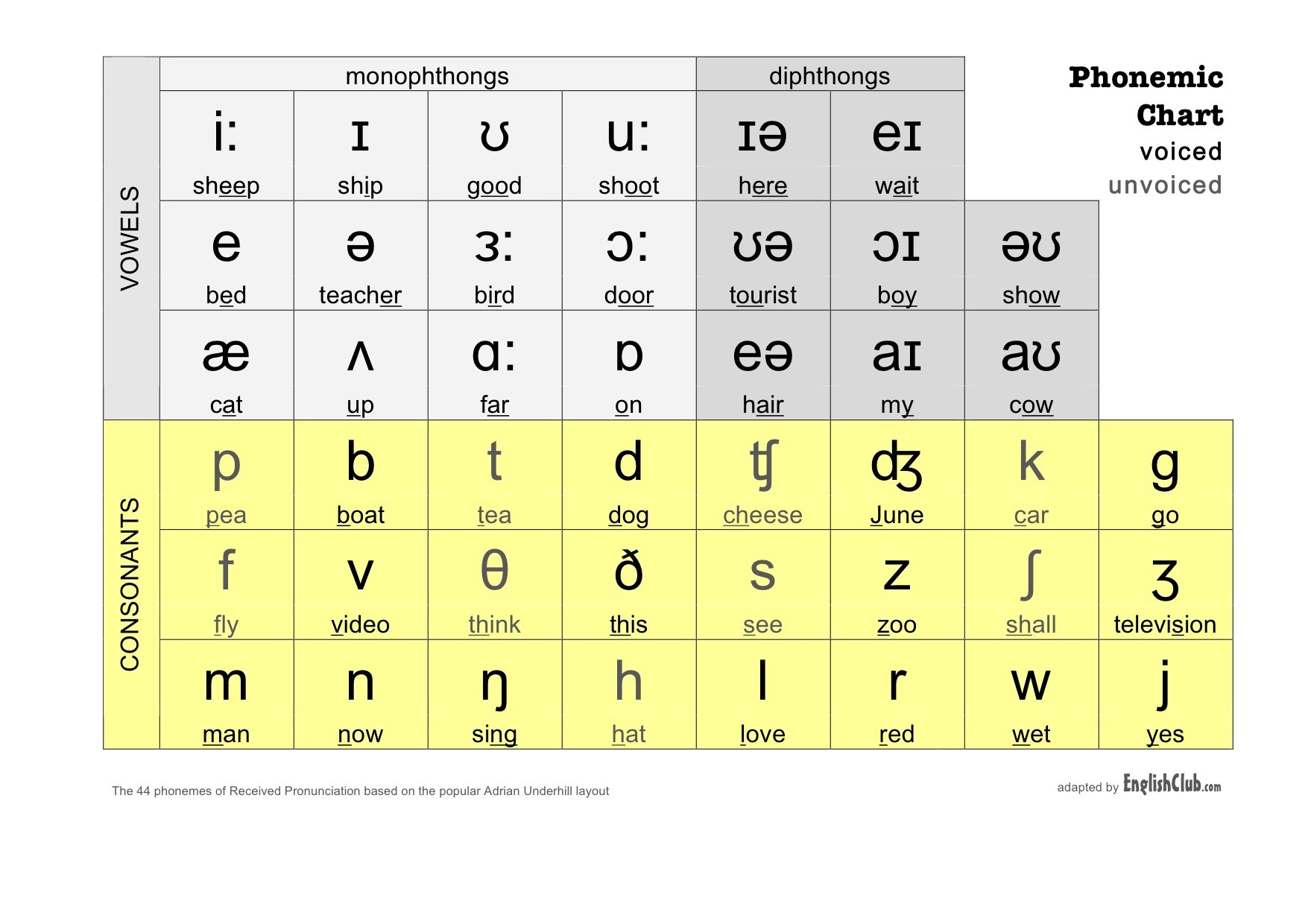
Warm up
—- * * FOR NEW STUDENTS ** ————————————— ————
- What industry do you work in and what is your role?
- What are your responses in your role / position?
- Can you describe to the function of your workplace / company?
- How many departments, how many offices. National or International?
- What are the minimum requirements for employment ie Education or Experience?
- How many opportunities are there to ‘move up the ladder’?
- What is the process for changing job roles ie Interview? Test?
————————————————– —— ——————————————– ——- —
General discussion about your workweek:
- Current projects? Deadlines? Opportunities?
- Anything of interest happening?
————————————————– —— ——————————————– ——–
Script
1. VAT remains at the forefront of the UK tax authority’s (HMRC’s) Making Tax Digital (MTD) plans, which aim to make HMRC a “world-leading, digital tax authority.” The next phase of MTD takes effect this year, for VAT return periods starting after April 1 2021. The changes have extensive application and will be relevant to most UK VAT registered organizations.
2. Since 2019, the initial phase of MTD required organizations to maintain digital records and submit their VAT data to HMRC through compatible software, not through manual entry into HMRC’s online portal. The new rules will require a “digital link” between all software used by the organization for its VAT compliance.
3. HMRC explains that: “Once data has been entered into software used to keep and maintain digital records, any further transfer, recapture, or modification of that data must be done using digital links. Each piece of software must be digitally linked to other software pieces to create the digital journey.”
4. What is a digital link?
A common example is given in HMRC’s guidance, which may be familiar to many organizations, where to prepare their period VAT return, the taxpayer maintains its sales and purchases data in an accounting system, then downloads data into a spreadsheet for manual manipulation before the figures are submitted to HMRC. Organizations will be relieved that the new phase of MTD continues to permit the use of spreadsheets. HMRC specifically accepts that a digital link includes linked cells in spreadsheets; for example, if you have a formula in one sheet that mirrors the source’s value in another cell, the cells are linked.
5. HMRC also accepts that the following are digital links:
· Emailing a spreadsheet containing digital records so the information can be imported into another software product
· Transferring a set of digital records onto a portable device (for example, a pen drive, memory stick, flash drive) and physically giving this to someone else who then imports that data into their software
· XML, CSV import and export, and download and upload of files
· Automated data transfer
· API transfer
6. HMRC does not consider the use of ‘cut and paste’ or ‘copy and paste’ to select and move information, either within a software program or between software programs, to be a digital link.
7. Given that the new rules require the links between different software programs to be digital, having the software’s correct setup will be essential. HMRC is not providing the ‘functional compatible software’ at the heart of the MTD regime. Instead, it worked with commercial software developers and has published a list of developers who have developed MTD compliant software. Organizations are encouraged to review their current processes and the capability of their software. If necessary, they should speak with their accounting software provider(s) to understand what development work they are doing, the timeline for MTD for VAT compliant updates being available, and at what price.
Manual adjustments
8. HMRC accepts there will be situations where manual adjustments have to be made to calculate the correct amount of VAT. For example, with a partial exemption, employee expenses claims, capital goods scheme adjustments, and import VAT recovery. These calculations can be done outside of any software used to keep the digital records, such as in a spreadsheet as per the example above, and then added (manually or through a digital link) to the software used to submit the VAT return data to HMRC. The financial effect of the calculation should be reflected in the accounting system.
Call to action
9. The new MTD phase requires organizations to have robust processes in place, and they should begin their preparations by reviewing the processes and controls for preparing their VAT returns. Questions to be considered during this exercise are:
10.
- What are the different sources of data used to produce the VAT return?
- How does the data come together?
- Where data is downloaded from a system, what adjustments are subsequently made?
- Is there a review process during the preparation of the VAT return? If so, how do any changes identified by the reviewer feed through to the VAT return data and digital records maintained in the accounting system(s)?
- If a 3rd party firm is involved in the VAT compliance process, how is data transferred to them? What happens if they propose adjustments to the VAT return data?
11. By mandating digital record-keeping, filing, and digital links, the government expects to reduce the amount of VAT lost, be it through errors or a failure by organizations to take reasonable care. The UK tax gap has been estimated to be £34 billion, of which £9 billion is attributed to errors and a failure to take reasonable care. HMRC’s aim is that MTD will reduce errors.
Discussion
1. How do the tax rates in Japan compare with foreign countries?
2. Do you think taxes will be digital in the future?
3.
What goods or services do you think should be taxed more heavily, and which should not be taxed at all?
Phonetic Chart



